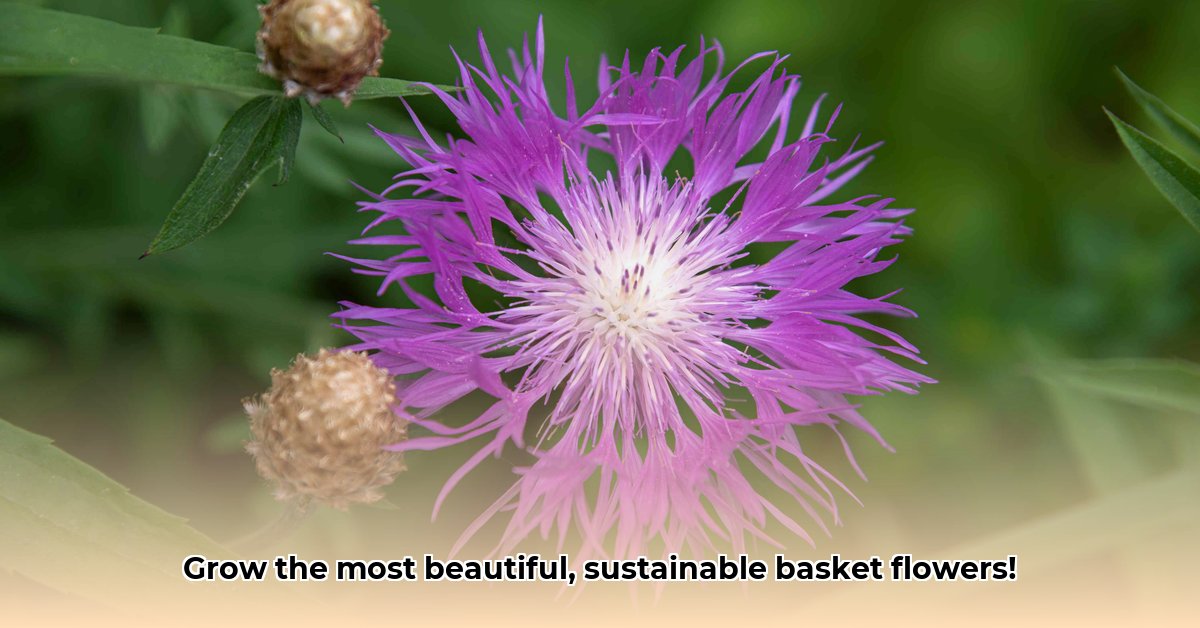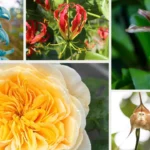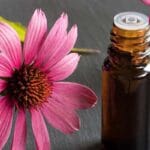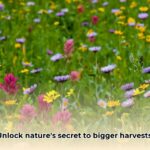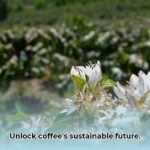“`markdown
Grow Native Basket Flower: Sustainable Farming Guide
Want a beautiful, low-maintenance plant that’s good for the environment and your wallet? American Basketflower (Centaurea americana) might be your new favorite crop! This guide shows you everything you need to know to grow it successfully, from planting seeds to harvesting stunning flowers for bouquets or dried arrangements. We’ll cover practical tips for watering (especially those tricky seedlings!), dealing with pests, and even preventing this plant from becoming invasive. Whether you’re a seasoned farmer or just starting out, we’ll help you grow a thriving, sustainable basket flower business while boosting local biodiversity. Let’s explore how to make this pretty plant pay off, both for you and for the planet!
Basket Flower: A Sustainable Farming Guide
Understanding the American Basket Flower
Let’s talk about Centaurea americana, the vibrant American basket flower! This native wildflower is a real showstopper, boasting eye-catching blooms typically measuring 4 to 5 inches across, though some cultivars like ‘Aloha Blanca’ can reach 6 inches. These flowers bring bursts of pink, purple, or even white color to your fields from late spring to late summer (May to August). Best of all? It’s incredibly tough and can handle dry spells like a champ, making it perfect for water-wise farming. Think of it as nature’s built-in drought insurance! It thrives in USDA hardiness zones 3-9, making it adaptable to various climates.
Beyond its beauty, the basket flower is a magnet for pollinators – bees, butterflies, hummingbirds, and even songbirds will flock to it, feeding on the nectar and seeds. This helps boost your overall farm’s biodiversity and can even improve yields for other crops. And there’s more! These beauties are also in demand as cut flowers or for stunning dried arrangements, potentially adding a nice extra income stream to your farming operation. The blooms have a distinct sweet and honey-like fragrance. Who knew such a pretty flower could be so practical?
Planting and Cultivating Your Basket Flower Paradise
Ready to grow your own basket flower haven? Here’s a simple guide to get you started:
Starting from Seed (Indoors):
- Timing is Key: Begin sowing seeds indoors about 6 to 8 weeks before the last expected frost in your area to give the seedlings a head start.
- Soil Matters: Use a well-draining seed-starting mix. Avoid heavy, clay-like soils, which can suffocate the delicate seedlings.
- Sowing Depth: Do not sow basket flower seeds too deeply in pots as they need light to germinate.
- Moisture Control: Keep the soil consistently moist, but not waterlogged. Think of it like a damp sponge – not dripping wet. Overwatering can be as harmful as underwatering at this stage. The seeds can take anywhere from one to three weeks to germinate.
- Transplanting: Once the threat of frost has passed (and your seedlings have a few good leaves), carefully transplant them into your garden.
Direct Sowing (Outdoors):
- Timing: Wait until after the last frost before directly sowing seeds in your garden. The seeds prefer mild temperatures to germinate.
- Spacing is Important: Plant seeds about 12 to 18 inches apart. This gives each plant enough room to grow without competing for resources.
- Thinning: As seedlings emerge, thin them to maintain proper spacing. This ensures healthy, strong plants with abundant blooms.
Soil and Sunlight: Basket flowers are tolerant of a wide range of soil types, including sandy, loamy, and clay, but well-drained soil is a must. Slightly acidic to neutral pH levels seem to produce the best growth. They absolutely love sunshine! Aim for at least six hours of direct sunlight per day for optimal growth and flowering. They can tolerate a part shade position.
Watering: Once established, basket flowers are quite drought resistant. However, young plants need more consistent watering. Keep a close eye on the soil moisture; water deeply but infrequently, allowing the top inch or two of soil to dry out slightly between waterings. Avoid letting them completely dry out, especially during hot, dry spells. Receiving adequate moisture during the spring will result in more impressive growth.
Fertilizing: To see the most impressive blooms and prolific growth, the addition of compost or organic fertilizer during the spring is recommended.
Pruning: Pinch off developing tips to spur growth and deadhead spent flowers to encourage more blooms.
Pest and Disease Management: Basket flowers are generally quite hardy and tend to resist pests and diseases. However, aphids may take up residence on the flowers, but use a safe DIY spray to eliminate the pests. Fungal problems, such as powdery mildew, are often caused by wet conditions. Prevent this fungal problem by adequately spacing the plants in the ground to provide good air circulation. Fungicides, or DIY solutions involving baking soda, may help.
Managing Potential Invasiveness: Basket flowers are prolific seed producers, meaning they can spread easily. To prevent them from becoming overly abundant, consider selectively harvesting seeds or deadheading spent blooms before they go to seed. Regularly monitor your plants and remove any extra seedlings to manage their spread and keep them from becoming a nuisance.
Harvesting and Post-Harvest Care for Floral Use
For cut flowers, harvest them in the cool morning hours to maximize their vase life. Cut the stems at a sharp angle and immediately place them in a bucket of water to prevent wilting. Cut blooms will last 4 to 5 days. Proper handling and storage techniques will significantly extend their lifespan and increase their market value.
If you’re aiming for dried arrangements, harvest the flowers when they are fully open but before they start to fade. Remove the foliage and hang them upside down in a cool, dry, and well-ventilated area to dry. The dried flowers retain their colors and petals can be added to potpourris.
Economic and Environmental Benefits of Native Wildflower Cultivation
Growing basket flowers offers a great combination of economic and environmental advantages. Their drought tolerance reduces water usage, a big plus for sustainable farming. The abundance of pollinators they attract improves the overall health of your farm’s ecosystem. And, as mentioned, selling cut flowers and dried arrangements brings in extra revenue.
Addressing the potential for invasiveness is crucial. By implementing the management strategies discussed, you can enjoy the benefits of this lovely flower without causing ecological imbalances.
Further Exploration of Basketflower Farming
There’s still a lot to learn about basket flowers! Explore online resources, connect with local sustainable agriculture groups, and even consider participating in citizen science projects. Your observations and data can contribute to our collective understanding of this fascinating plant. Let’s work together to celebrate and sustainably cultivate this beautiful native American wildflower.
How to Prevent American Basketflower Invasiveness
Key Takeaways:
- American Basketflower (Centaurea americana) offers significant benefits for sustainable agriculture, attracting pollinators and providing beautiful cut flowers.
- Its self-seeding nature, while advantageous, requires careful management to prevent it from becoming overly abundant.
- Strategic planting, harvesting, and monitoring are key to effectively managing its spread.
Understanding Centaurea americana Ecology
The American Basketflower is a striking native annual, growing up to 5 feet tall and blooming in early summer. Flower size can vary depending on growing conditions. It’s a magnet for beneficial insects, crucial for a healthy ecosystem. Its popularity in the cut flower and dried arrangement industries fuels interest in its cultivation.
Planting and Cultivation
This section focuses on responsible cultivation practices to prevent invasive tendencies.
- Seed Starting: Begin seeds indoors 6-8 weeks before the last frost. Use well-draining seed-starting mix.
- Direct Sowing: Alternatively, sow seeds directly outdoors after the last frost.
- Soil Preparation: Basketflowers thrive in well-drained soil with slightly acidic to neutral pH. Amend heavy clay soils with organic matter.
- Watering: Water regularly, especially during seedling establishment. Avoid overwatering, which can lead to root rot. Established plants are drought-tolerant.
- Spacing: Space plants 12-18 inches apart to prevent overcrowding and improve air circulation, reducing disease risk.
- Sunlight: Basketflowers need at least 6 hours of direct sunlight daily.
- Pest & Disease Management: Monitor for pests and diseases. Use organic pest control methods if necessary.
- Seed Harvesting: To control spread, collect seeds selectively from desired plants before they fully disperse. This gives you control over the plant’s population. Alternatively, deadhead flowers before they set seed.
- Population Monitoring: Regularly observe your planting area. Remove excess seedlings to maintain desired density.
Harvesting and Post-Harvest Care for Dried or Cut Flower Production
Harvest cut flowers in the morning when blooms are fully open and hydrated. Handle stems carefully to prevent damage. For dried flowers, harvest when fully open but before fading, and hang upside down in a cool, dry place.
Economic and Environmental Considerations
Growing American Basketflower offers multiple benefits. It’s a profitable crop for cut flower and dried arrangements. Its attractiveness to pollinators enhances biodiversity. Responsible management contributes to sustainable agriculture, mitigating the risk of unintended spread.
Further Research and Resources
Further study into optimal cultivation practices, along with research into its impact on specific pollinator communities, will enhance its potential in sustainable agriculture.
[The Spruce: How to Grow Basket Flowers](https://www.thespruce.com/basket-flower-growing-guide-
